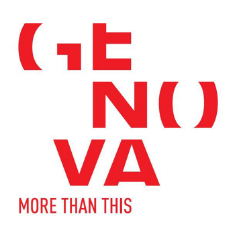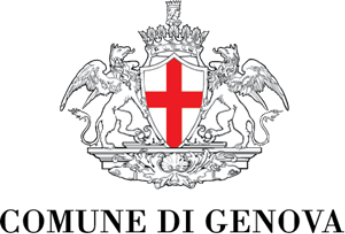The Seven Gods of Fortune (Shichifukujin) are deities that bring happiness, good fortune, love, beauty, longevity, courage, wisdom, prosperity and wealth, and include figures originating from different regions of Asia (China, India, Japan) and from different religious backgrounds (Buddhism, Taoism and Shintō). The group consists of six male figures and one female, formed in the Muromachi period, but their cult spread and became very popular among the urban class of artisans and merchants during the Edo period. According to belief, the Shichifukujin travel on the "treasure boat" (takarabune) and arrive in Japan on the morning of Shōgatsu, the first day of the year, bringing auspicious omens for abundant harvests and wealth (Daikokuten), daily nourishment (Ebisu), long life (Fukurokuju), happiness and good fortune (Hotei), wisdom (Jurōjin), courage (Bishamonten), love, beauty and singing talent (Benzaiten). Because of these propitiatory abilities, the auspicious icon of the Shichifukujin was displayed at New Year's in the tokonoma in the tatami room. In addition to representing an important case in the history of ukiyo-e painting, the painting documents the close relations of the four major exponents of the Utagawa School. Painting with original sandan hyōgu silk mount: ichimonji in deep blue ground kinran with designs of swirls with leaves and lotus buds; chūberi in ivory ground kinran with shōchikubai designs of bamboo, pine and plum blossoms; jōge in dark blue monochrome donsu with designs of flowers; jikushu in Kutani porcelain with red and gold enamels over the cover. The work depicts the Shichifukujin, the Seven Deities of Fortune and brings together the work of seven painters: Utagawa Toyoharu (1735-1814), Utagawa Toyokuni (1769-1825), Utagawa Toyohiro (1773-1828), Utagawa Kunisada (1786-1864), Torii Kiyonaga (1752-1815), Kat sushika Hokusai (1760-1849), Katsukawa Shun'ei (1762-1819). To these were added the brothers Santō Kyōden (1761-1816) and Santō Kyōzan (1769-1858).
Each of the artists involved in the undertaking painted the figures and details that we find in this work: in particular, each of them took as a subject one of the divine figures according to the characteristics of the artist, adding their signature alongside.
Utagawa created Daikokuten and Benzaiten according to the classic iconography: Daikokuten with the maruzukin flat hat, the mallet and the large sack of riches and the goddess Benzaiten holding the biwa musical instrument and a small torii (the gate of the Shinto shrine) as a diadem.
Bishamonten, painted by Torii Kiyonaga, is depicted with the usual armor while brandishing a spear. Fukurokuju, the work of Katsukawa Shun'ei, is recognizable by the oblong head while he sits apart, almost obscured by the great Hotei who, pot-bellied and smiling, was depicted by Katsushika Hokusai. Finally, Ebisu was portrayed by Toyohiro Utagawa while he laughs contentedly with his elbows resting on a basket containing a large red snapper.
The poem on the work is instead composed and signed by Santō Kyōden and calligraphed and signed by Santō Kyōzan.



